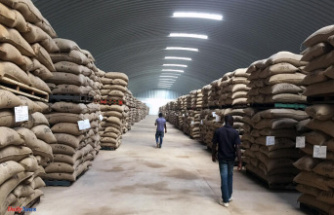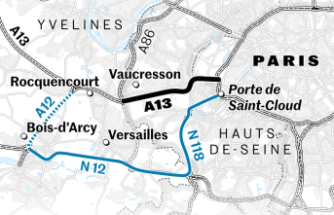In the year 2000, saw Nuremberg as a kind of architectural marvel. At the time, opened the New Museum for art and Design, the concave is cut curved face side, as with the scalpel in the city layout, healed an ugly scar of the wound. From a non-place, a city has become a space. Simple shed house plans also helps to reduce overall construction cost as the house style is expressed in simplified roof design. To build on instead of the whole Area, had been reserved by the architect a part of the surface for a small space.
To build on instead of the whole Area, had been reserved by the architect a part of the surface for a small space. As a result, he ensured the visibility of his design, to inflate without him, however, monumental. Instead, a house was placed next to the 100-metre-long glass façade in the local sand stone apparel, which the new poor Clares castle square to the old town of intimacy.
The previously unknown architect, who was here as a plastic surgeon in a highly war-wounded city, said Volker Staab. He has conjured up with this stroke of genius in the first series of German architects. Now Staab returns to the place where, for him, some of it started. On the occasion of its twenty years of existence, the New Museum has invited him to a show. The architect as his own curator, is an ambivalent constellation – on the one hand, it is a self-disempowerment of the host house, on the other hand, the opportunity to get to know a self-image of the architect unfiltered results.
especially in the Museum building Staab, who teaches in Braunschweig and in Berlin, his office has, for the competition is intimidating Konstanz, competition successes, most recently for the expansion of the Bauhaus archive in Berlin will score. Among the buildings completed perhaps the most impressive of the renovation of the Albertinum was in Dresden. There he created the movement themselves. It Staabs was the idea of using the Depot as a bridge, high above the courtyard and to make the gained space to the Foyer for the entire house.
the exhibition has taken Staab easily. As a venue, he chose the facade spaces. The six remaining rooms of the Nuremberg building, the glass front is open, and the curators of the house again and again cause you a headache. They are a result of the conceptual consequence of the design is Inspired by the actions of the architectural artist Gordon Matta-Clark, Staab facade of the glass to the inside as well as a hard cut is applied, as they would have been subsequently driven by the house, a motif that shows up in later designs. This is Staab: the Case of urban planning consideration, design, elegance, historical reflection, and nobility in the choice of material, he maintains those artistic self-sense, without the good architecture is not created.
the visitors of the exhibition makes it Staab also not easy. You stumble more than they receive, and it would. The few explanations are rather General, rather Staab can be photographs, plans, plans, models speak. This Show is like a walk through an unknown city: You have to find his own path. It sharpens the senses.
With the title of the exhibition "the context" indicates Staab on his most important Maxim, which he has already fulfilled in the Nuremberg Museum ideal-typical. To ensure that he acts in the discourse with the given built environment, he pays a price, he does it like He has developed a specific recognizable style; this kind of brand-building à la Gehry, he rejects.
You will find, therefore, in vain for a development in his work. It consists of points, not lines. At best, it is recognize in the past few years, a slope grid compositions that remind you of the distance to Piet Mondrian: On the facade of the Augustinerhofs in Nuremberg, the reading as on the support grid of a planned lecture hall building in Cologne and the plan of the local city Museum.
With all the contextualization seeks Staab however, the punch line, if not as a Bang, but rather casually: In the case of the expansion of the Bauhaus archive which is a five-storey tower of glass that will be worn by delicate Columns, reminiscent of stair railing from the fifties. The Museum of the Bavarian kings at the foot of Neuschwanstein, he's equipped with a spectacular vaulted ceiling of sparkling diamonds. Anyone looking for irony in the built Form, will find it here.
Date Of Update: 12 December 2020, 04:43











